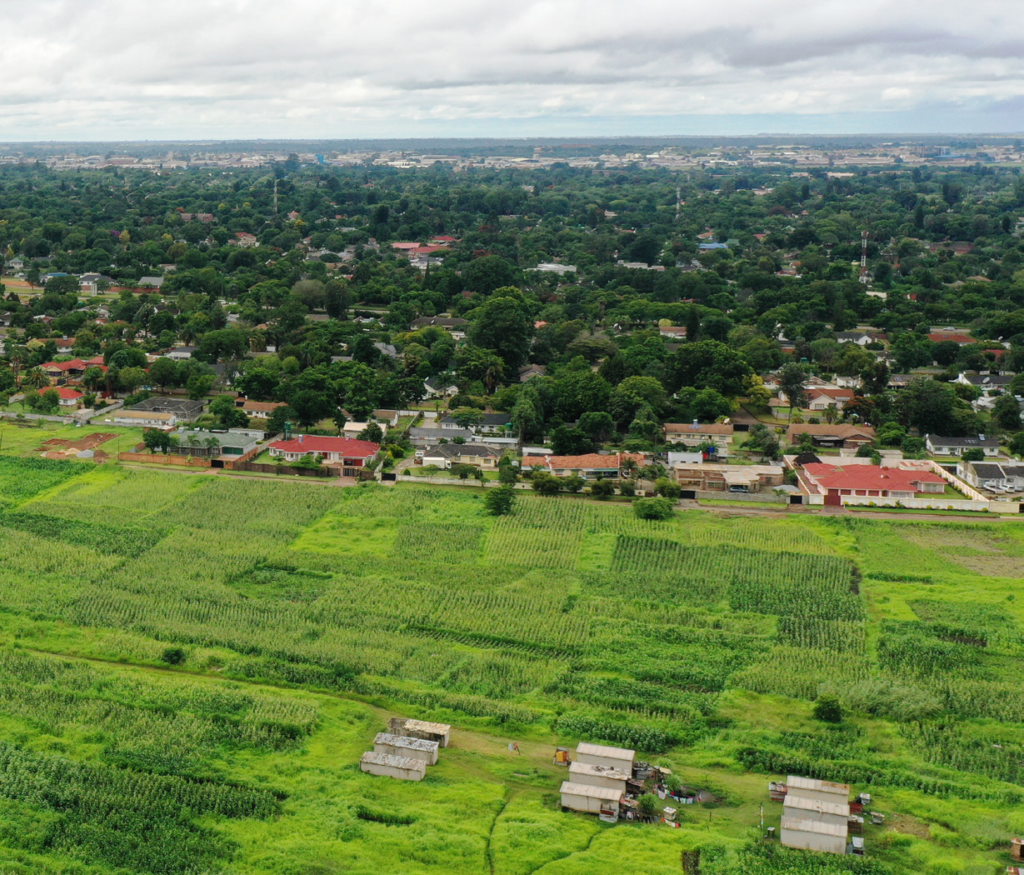“Destroying a green belt land for immediate economic gain is like burning your children’s inheritance to cook a single meal” – Phil Harding
Green spaces represent an important environmental asset of urban areas which cover all undeveloped spaces primarily covered by vegetation in and around urban areas. They consist predominantly of land that is unsealed, permeable, “soft” surfaces such as soil, grass, shrubs and trees. Green spaces are often natural or semi-natural in nature and include parks, gardens, allotments, wetlands, fields and forests.
The concept of urban green spaces emerged at the beginning of the 20th century. At first this was in the form of green belts, like those surrounding the city of Vienna, while later, as a result of the persistent growth of cities and traffic, it developed more in the form of radials, such as in Berlin (Insert Pictures). Urban ventilation was the most important reason for the creation of green belts around towns and cities. Some parts of the green belts and radials were used for agricultural purposes.
Green spaces offer immense benefits to the urban populace such as improving air quality, enhancing physical and psychological wellbeing, ameliorating local climate, creating avenues for recreational opportunities as well as increasing values of properties sited around them. Gardens and tree covered spaces are valuable resources for physical activities of urban residents and have the potential to reduce chronic illness and improve health. It has actually been proven in a number of studies that people living in cities with streets lined up by trees are happier and healthier.
However, over the past years the land use change detection done using Remote Sensing has shown a decline in the coverage of green spaces in and around the capital city Harare . Such destructions have been largely associated with urbanization either through an increase in the built environment of the urban core or the outward expansion of urban areas which is taking place in the urban fringe.
Harare is suffering from rapid deterioration of its greenbelt and the loss can be explained by the removal of green spaces such as parks and street trees to make way for housing, industrial areas and grey infrastructure without other greening measures. The protection of such land is often ad-hoc, occurring on a parcel-by-parcel basis in reaction to local development pressure and land-owner’s decisions.
The general public in Harare is not committed in preserving parks, nature reserves, wetlands and forest reserves in the city. They have destroyed most of the lawns and shrubs planted in the Central Business District (CBD) which were meant to beautify the city. In most cases such places are used as walkways or spaces to sell their items.
The poor maintenance of green spaces in Harare has also given rise to intrusion of green belts by land developers and individuals. They perceive such lands as lying idle, not serving any purpose and therefore encroach them for their personal interests.
According to the United Nations, the global percentage of people living in urban areas reached 50% in 2010 and is expected to increase to nearly 70% by the year 2050. This will result in expansion or densification of urban areas. As migration to urban areas is on-going globally, the need for sustainable urban development is becoming increasingly important. Increasing urbanization irrevocably stimulates greater demand for land for roads, homes, industry and recreation. As a consequence, more finite green resources which are in green spaces will be consumed.
As the world’s cities come to be increasingly congested and polluted, urban green spaces play a crucial role in providing a wide range of ecosystem services that could help combat many urban ills and improve life for city dwellers, hence need to be protected from disappearing. Bringing green spaces to the urban setting stimulates a better relationship with the environment while supporting important services.




